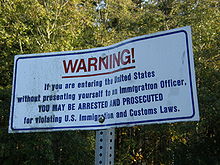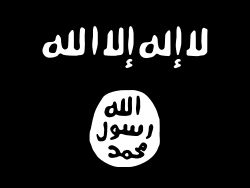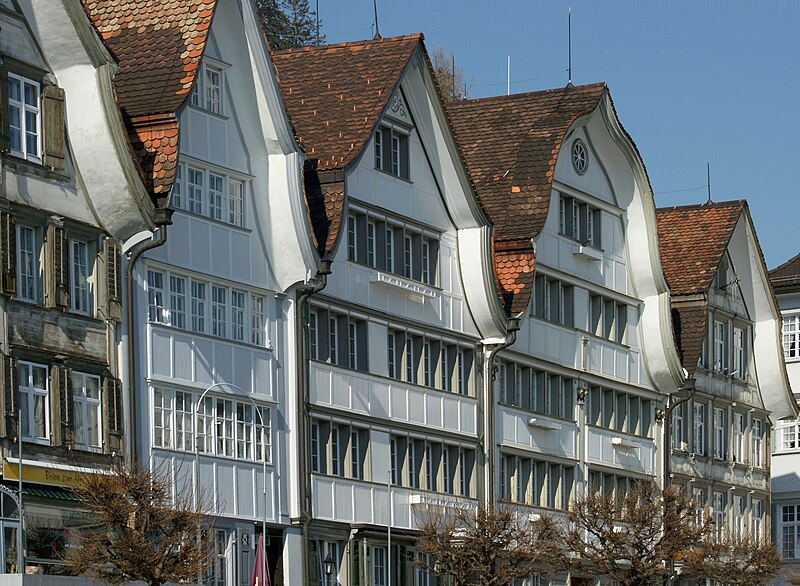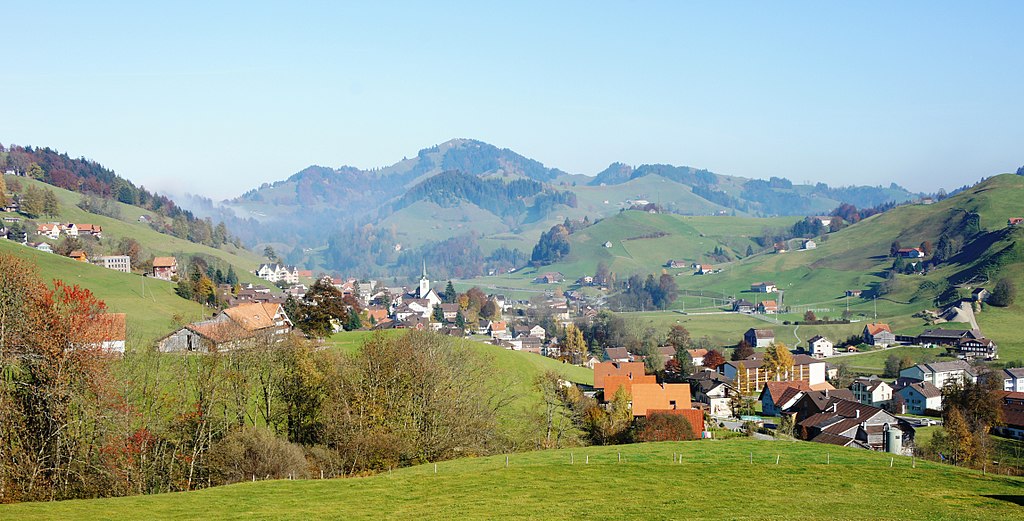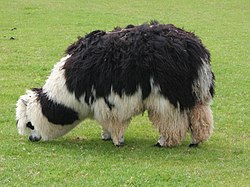“Dear Mr. President
Come take a walk with me.
Let´s pretend we´re just two people and
You´re no better than me.”
(Pink, “Dear Mr. President”)

Landschlacht, Switzerland, 30 May 2016
What if the unthinkable actually happened?
What if Donald “Duck!” Trump became the President of the United States?
New York City, New York, USA, 1 April 2017
Yo, Donald! Mr. Prez.
Nicky here.
You know one of the Americans you claim to represent?
Walk with me.
Don, I gotta give you credit where credit´s due.
No one, and I mean no one, just a couple of years ago would have imagined you would pull it off.
But between the choice of two evils – a woman no one trusted and a man no one liked – plus the largest lack of voter turnout in US history, Americans have chosen you to be the 45th President of the United States of America.
(Bernie gave a good fight right down to the wire, but at day´s end he struck Americans as too radical, despite some of his ideas ones America hungered for.)
(The Dems claim they would not have been defeated if you somehow hadn´t cheated, but whomever gets the most votes gets elected.
Isn´t that democracy in a nutshell?)
In your Inaugural Speech back in January, you said you would listen to Americans, that their ideas would help you to make America great again.
So, yo, Mr President, listen up!
In a few succinct words, Donald, you ain´t doin´what needs to be done.
Granted you put on one hell of a show.
Gold leaf in the Oval Office paid out of your own pocket?

Bling, baby, bling!
But as to the rest of it, you got folks mighty worried.
The new bill forcing protestors to obtain written permission from the police before they can protest?
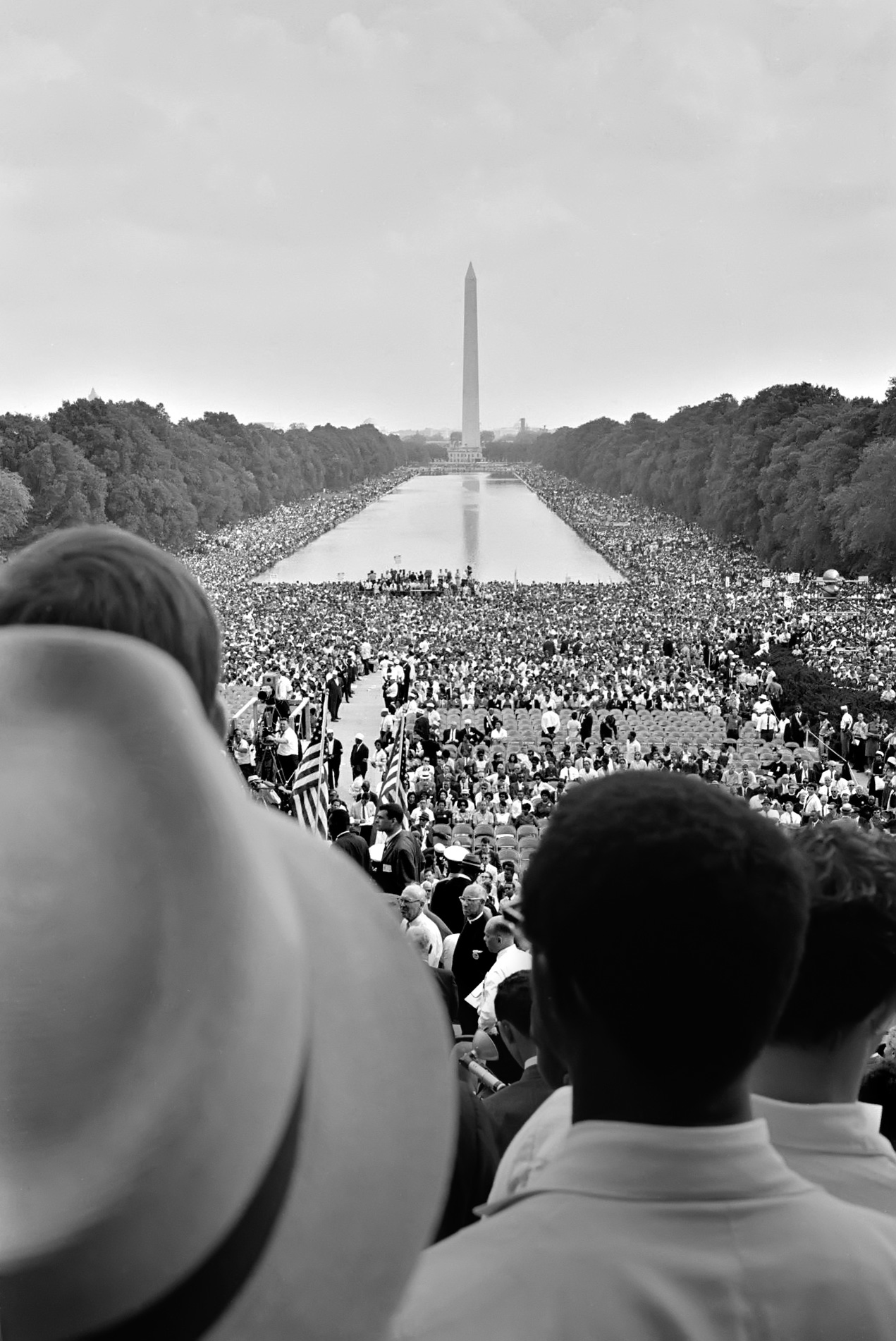
You represent the US Constitution and the Bill of Rights.
What about freedom of assembly, freedom of expression?
Denied peaceful assembly, peaceful expression, people who you worried about being violent now feel that they´ve no other choice but be violent.
The Great Border Wall between us and the Mexicans?

Bad idea, bro.
No surprise that Mexico won´t pay despite your threats.

And this Wall comes out of American taxpayers´ wallets.
Not to mention the untold millions already being paid to increase the manpower needed to find and deport illegal immigrants already here.
And the media – they really don´t like you much, do they? – showing pictures of INS teams dragging parents away from their children to send them back to their birthplaces is doing nothing to improve your rep.
And the racial profiling that is happening at the borders and airports is not helping your image either.
And exactly what does a believer in Islam actually look like?

Islamic Center in Washington DC
Your daughter Ivanka converted to Judaism when she married, but at first glance does she look Jewish?
For that matter, do Americans look Christian?
As to your dealings with other countries…
On some respects, it seems business as usual – we are still chummy with the Saudis and non-critical of Israel and China regardless of what they do.
As much as you are trying to show a strong image by sending our troops to the Middle East to tackle ISIS head on, I honestly don´t believe we can be very effective without allies to help us.
Russia respects us as long as we live and let live and let them keep doing what they like in their Eurasian playground as long as they let us do as we will in our North and South American playground.
But I don´t think the Germans, French and much of the European Union like America very much, despite your reassurements of providing more troops to the NATO effort.
Hell, even Canada ain´t too wild about us for that matter!
And even though the British PM was glad to meet you, being snubbed by the Queen and denied a visit…

That had a nasty sting to both America´s and your pride.
From what I can see here from Queens we don´t seem to have many friends these days.
And having few friends can´t be good for the economy.
And money already is being spent like there is no tomorrow.

More police, more prisons, more militia, require more money.
And where will this money come from, Mr President?
Show me the money, Donald.
Show me the money.
One of my ancestors once wrote that it was better to be feared than loved.

I can´t say that people fear you, but they sure as hell don´t like you very much.
(Though those celebs that said they would move if you got elected – they never left.)
It´s true that most of us were long ago fed up with the lack of progress that government seems to represent, but you can´t keep using executive power to ramrod every legislation you want passed.
Washington might be corrupt and often ineffectual, but it still represents the will of the American people.
Respect is a two-way street, Mr. President.
Now there are members of your party, Mr President, that suggest that America must effectively crush its opponents so as to earn great respect from everyone else, but if we destroy our reputation, which, to be blunt, is not so great as it is, who will trust us enough to want to do business with us?

And, sure, attacking those who oppose America will solve many problems right now, but what about the problems of the future?
My ancestor would have approved of how you never appear intimidated regardless of the situation, of how you are reluctant to have others make decisions you prefer to do yourself, and of how you make sure that Americans seek you out especially in times of need.
But my ancestor would remind you that the two most essential foundations for any state are sound laws and a strong military.
Laws cannot be passed without Congressional approval unless you plan to use executive power for everything.
America has a strong military but it is increasingly being spread too thin.
Walk with me, Mr. Prez.
Check out all the homeless here on most US cities or visit the poorer states.

Your party keeps telling everyone that our poverty is somehow our fault.
No, Don, it ain´t.
Being poor ain´t a choice or some kind of preferred lifestyle.
Being broke is a circumstance that can only be resolved if people are given opportunities to rise above their present station in their lives.
Poor folks are no different than you, Donald – they want to take pride in the things they do, but they need the opportunity.
But those who can´t afford an education find few opportunities and working two fulltime jobs like many Americans do and still remain in debt is not what one could call an inspirational American dream.
More folks are incarcerated in this country than many other countries combined.

I am no economic expert, but putting a man behind bars costs money.
If a man´s crime is not violent, wouldn´t time best be served and money better spent if that man were fined and made to contribute part of his salary instead?
A working man contributes more to the economy than an incarcerated man.
Never forget, Donald, that you were hired to make American lives better.
Give a man an opportunity to improve his life and the lives of his family and he will make America great again.

You want respect, Mr. President?
Then restore the dignity of your people by giving everyone the same opportunities.
Create jobs with salaries sufficient that people can afford to go shopping for the products our country produces.
Make health care accessible to everyone and not just for the wealthy.
An ill man cannot contribute to the economy.
A man in debt paying for hospital bills well beyond his wages cannot help the economy.
A man in debt is a desperate man and desperation leads to desperate acts.
You want to help this country then get out of your limo and your Trump hotels and walk among us in the style of King Arthur.
As the original peoples say, don´t judge a man until you have walked in his mocassins.
One of the hopeful,
Nick Machiavelli
Landschlacht, Switzerland, 31 May 2016
Wow, what a weird and vivid dream that was.
I really shouldn´t eat pizza before bedtime.





